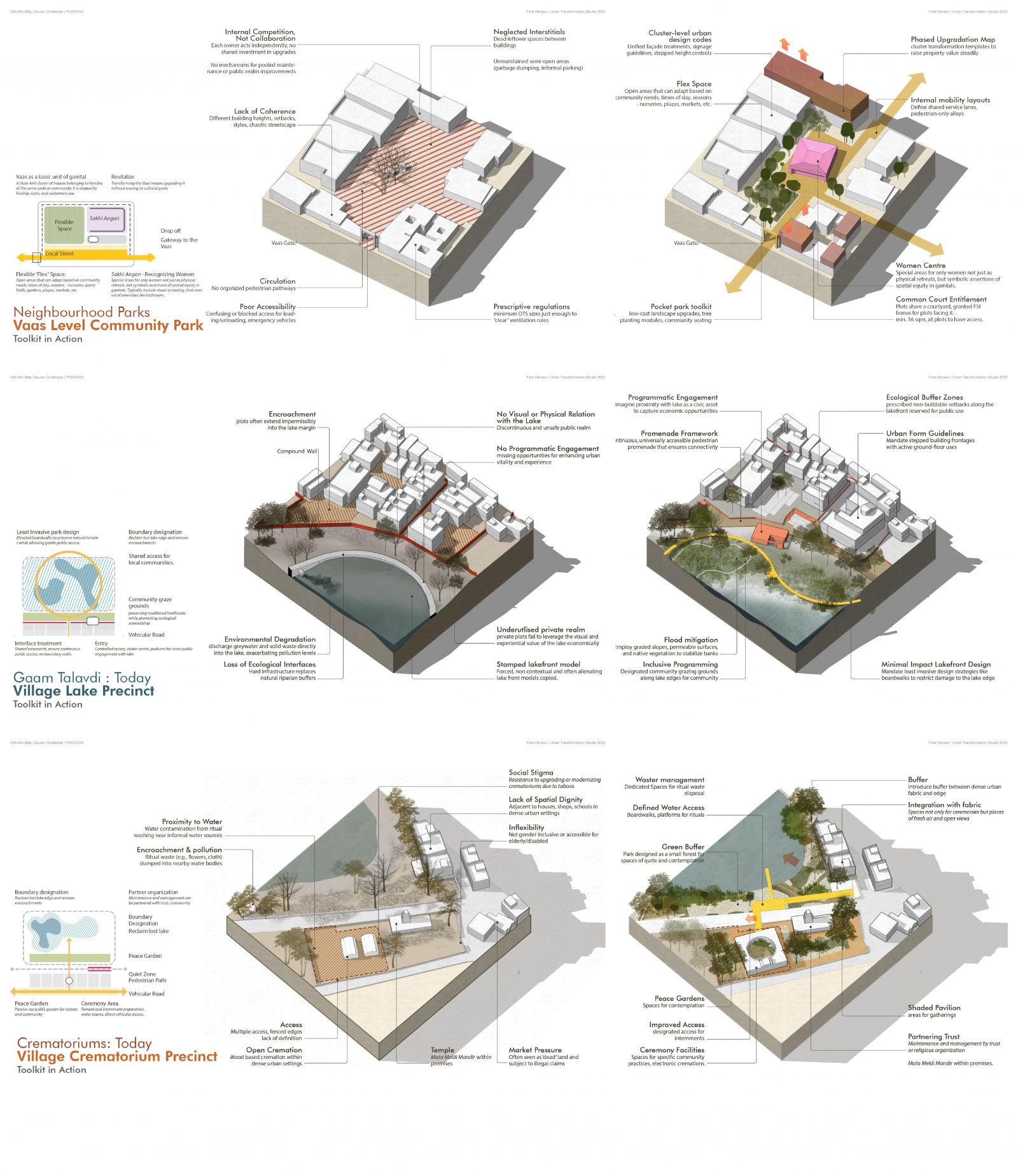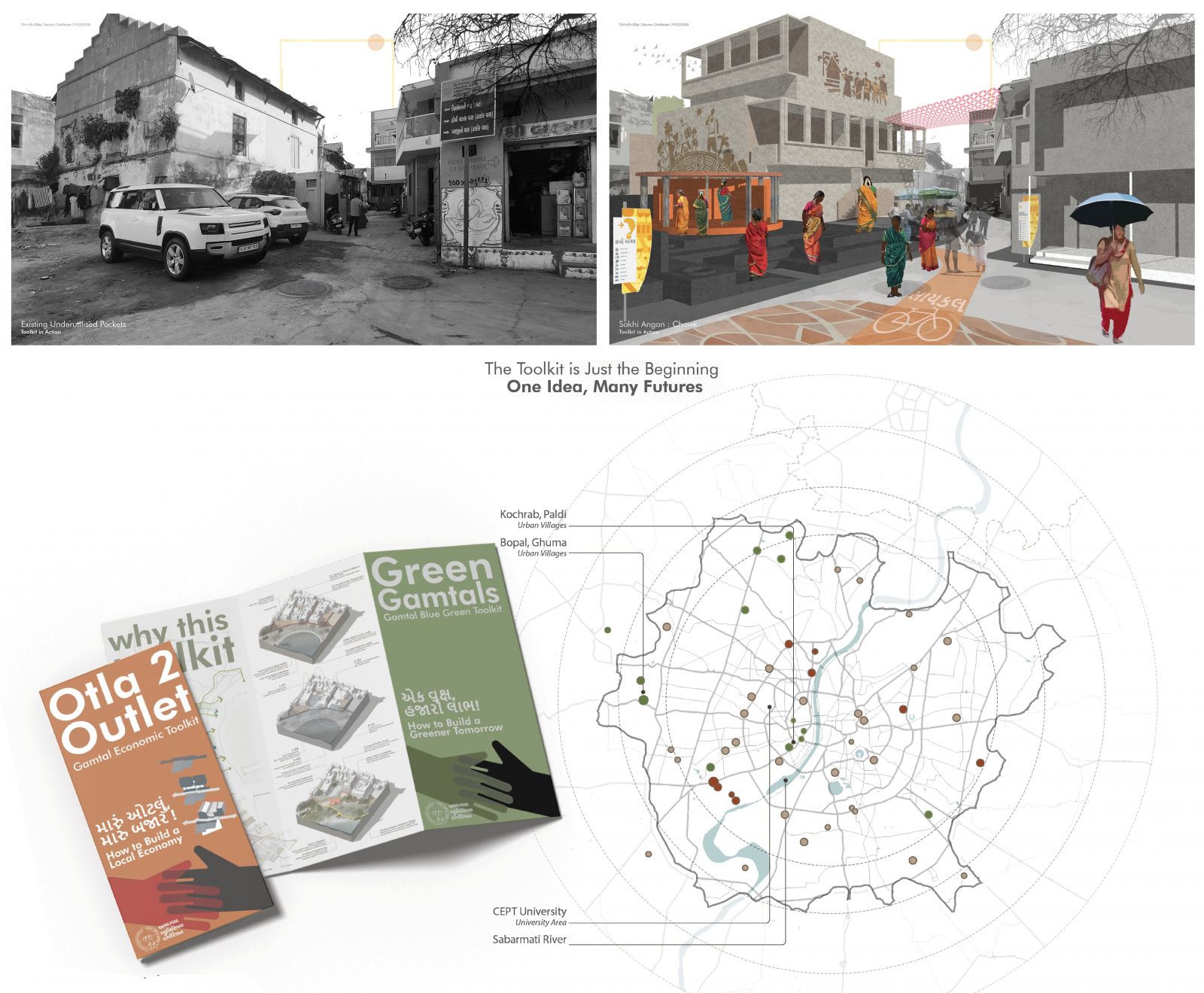Your browser is out-of-date!
For a richer surfing experience on our website, please update your browser. Update my browser now!
For a richer surfing experience on our website, please update your browser. Update my browser now!
Handmade Cities explores the transformation of urban villages like Bopal through a rethinking of development regulations. These villages, caught between informality and formal planning, expose critical misalignments in tools like the GDCR. The project reframes regulation not as a constraint but as a design tool, proposing micro-tweaks and a flexible, modular toolkit that enables context-sensitive transformation. By analyzing morphology, testing spatial strategies, and drawing from global precedents, the thesis presents a scalable framework where each village can co-author its own future—through economic, ecological, and social toolkits rooted in ground realities and empowered by regulatory reform.
View Additional Work

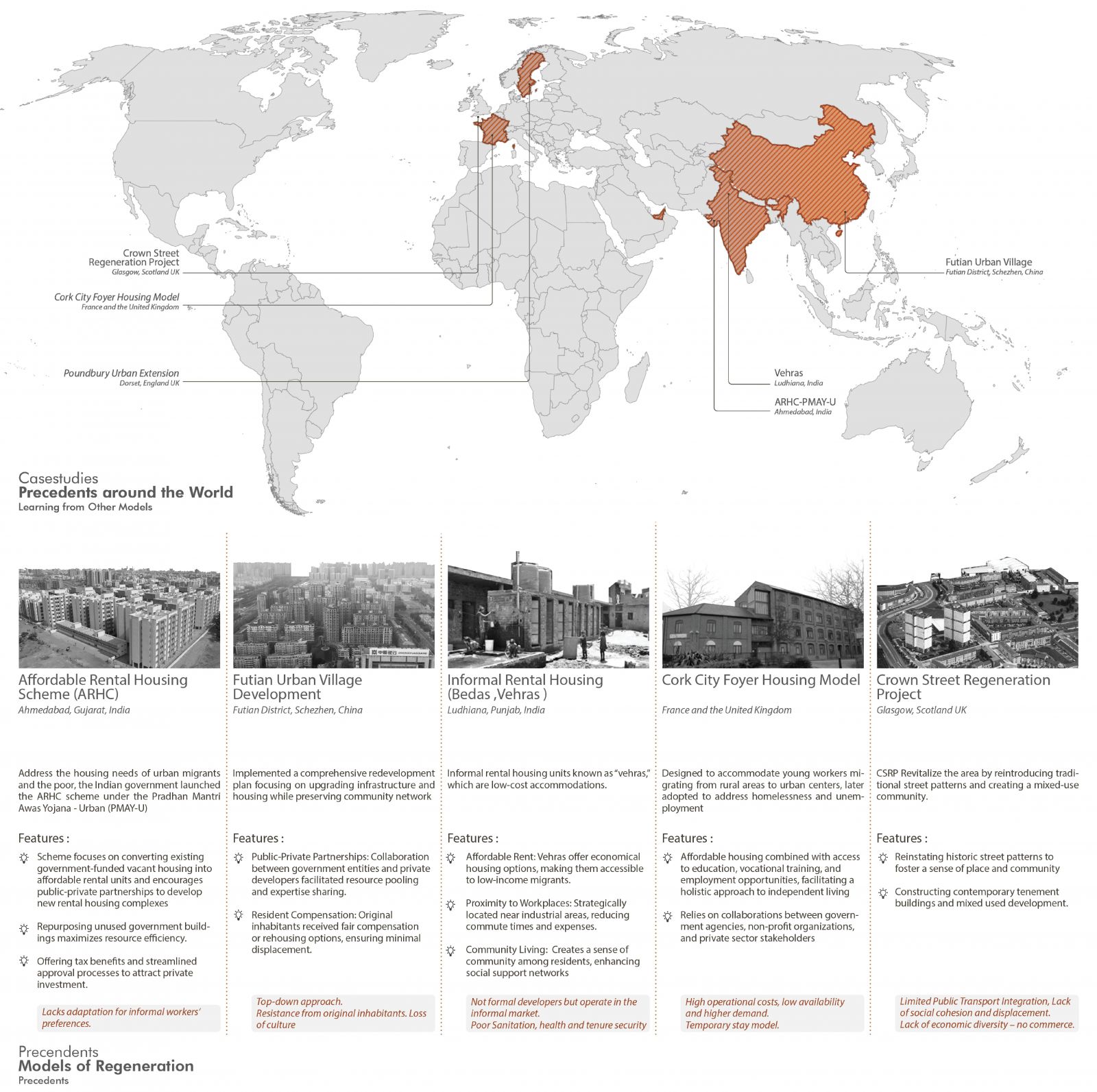
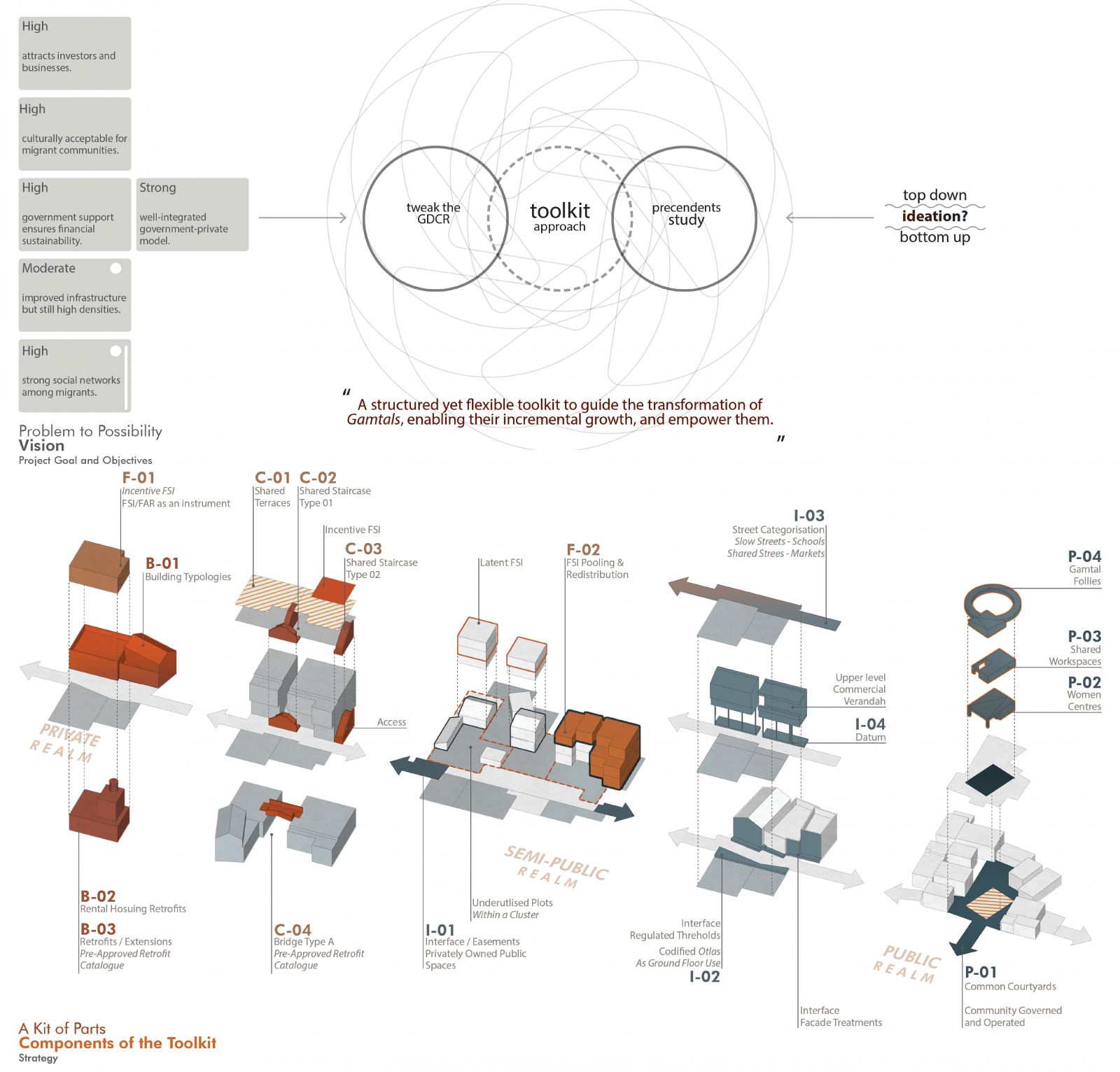
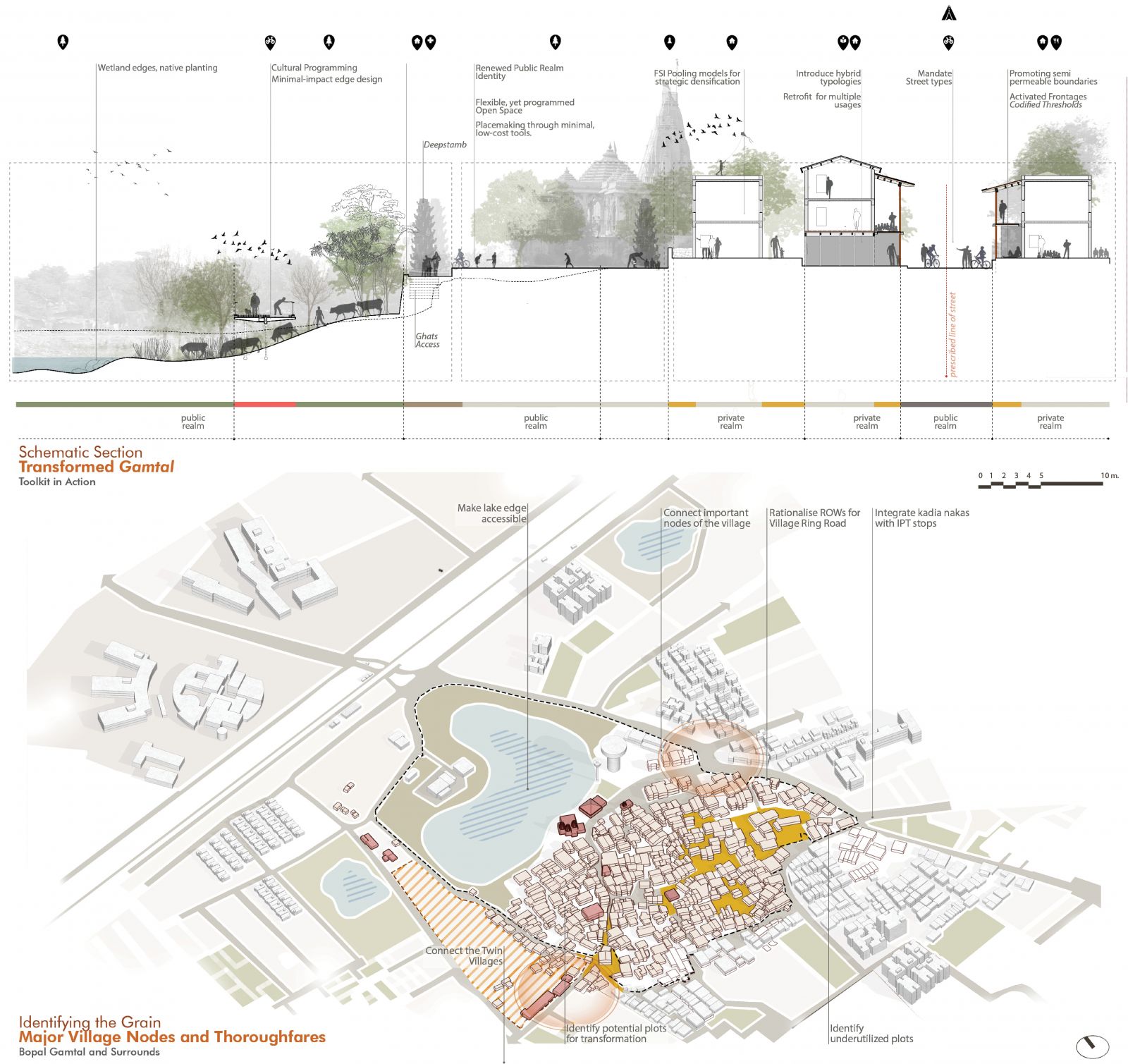

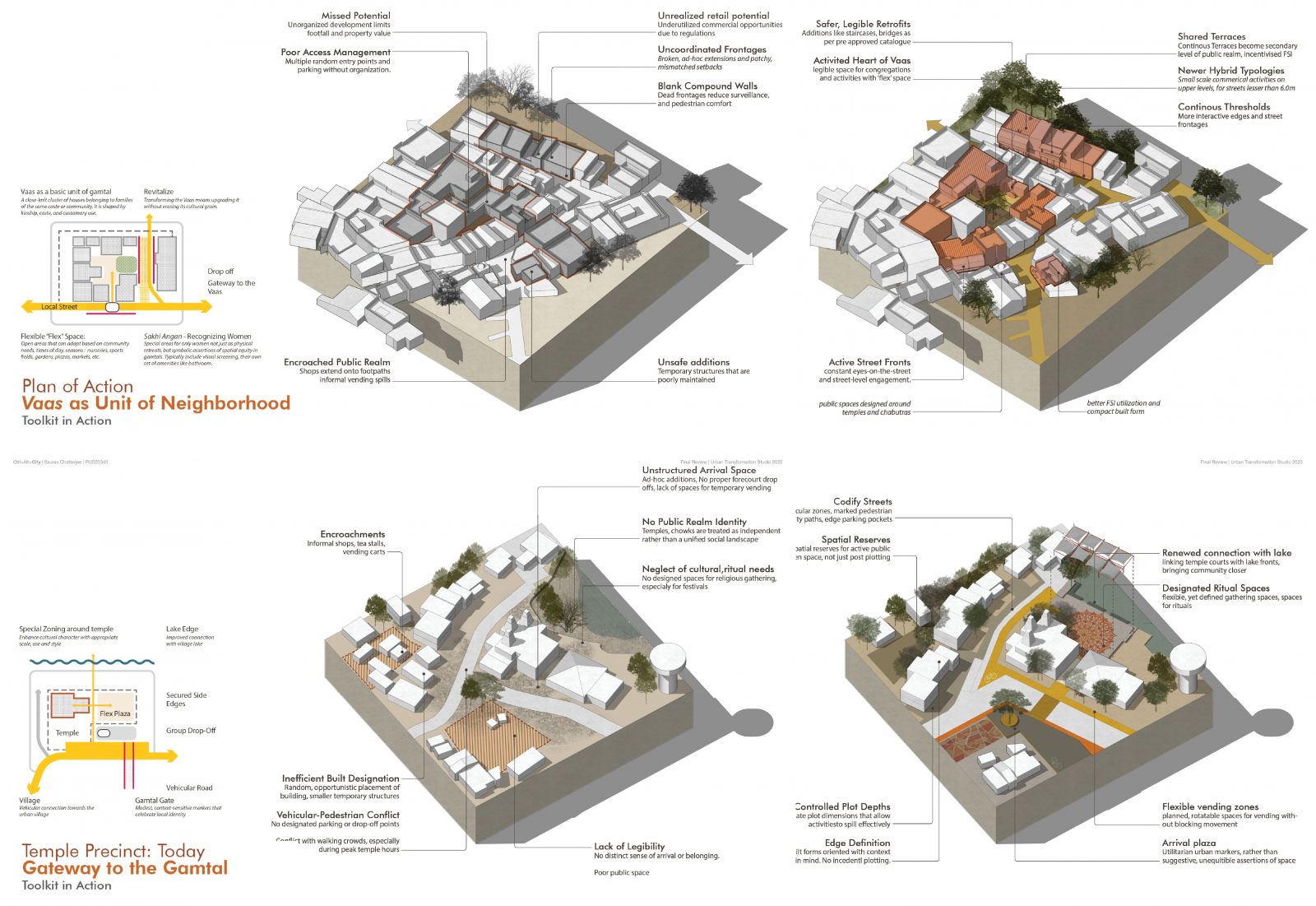
.jpg)
